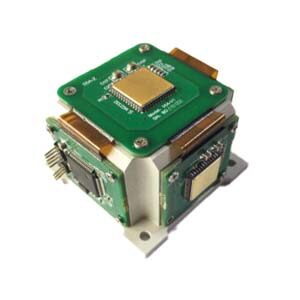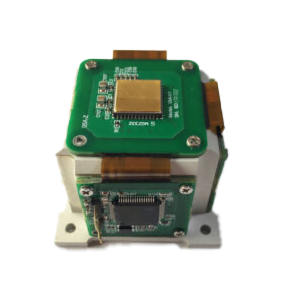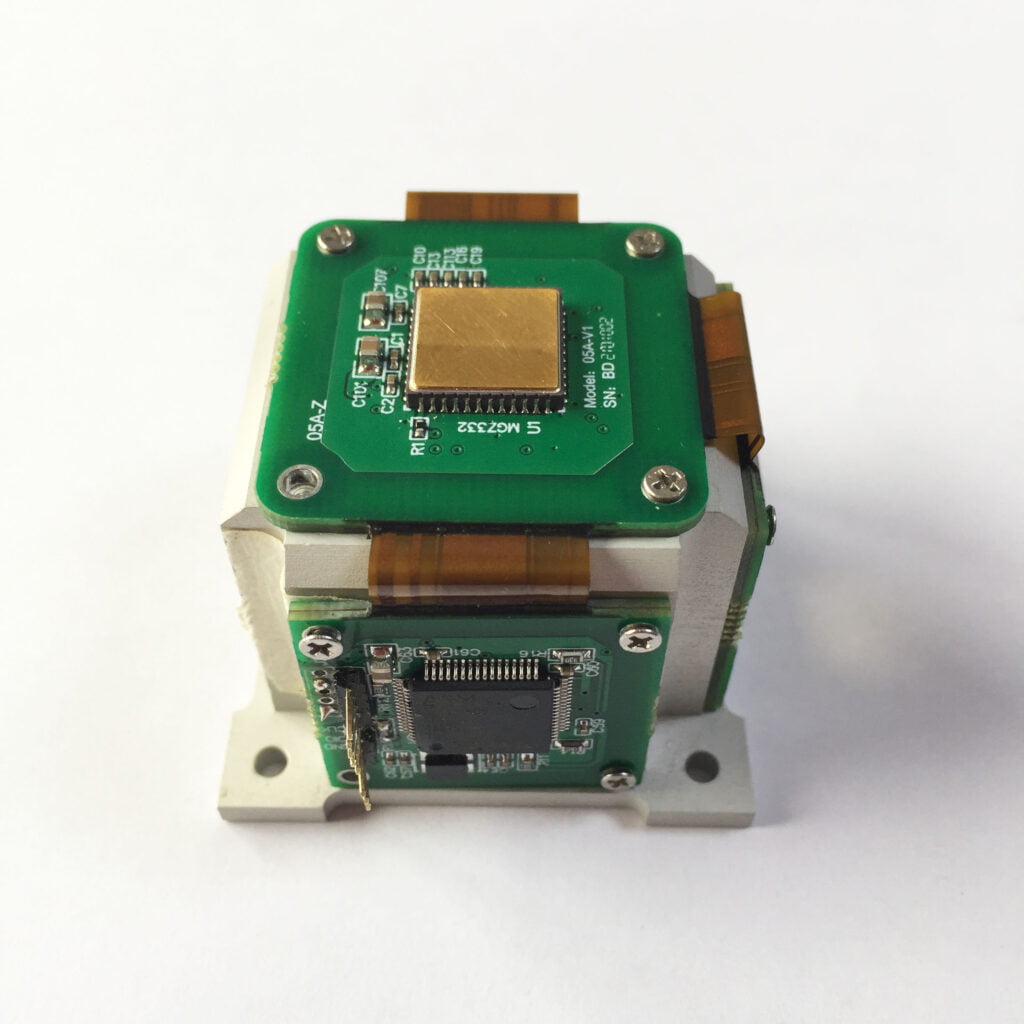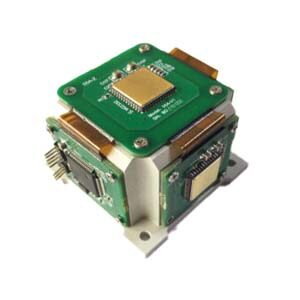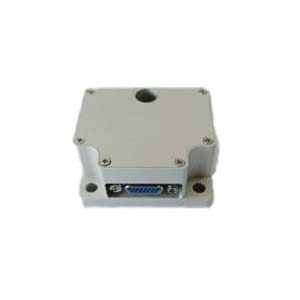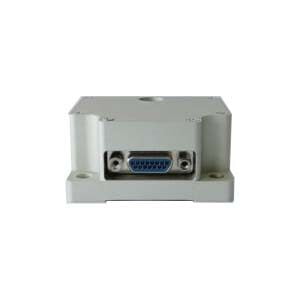Inertial Measurement Units (IMUs) are critical sensor systems in many applications, including navigation, robotics, motion science, and autonomous driving. The IMU consists of an accelerometer and a gyroscope, which are used to measure the acceleration and angular velocity of an object, thereby providing attitude and position information of the object. However, IMUs often have errors due to manufacturing and environmental factors, which affect their measurement accuracy. Therefore, the IMU needs to be calibrated to eliminate these errors.
This paper proposes an IMU self-calibration method based on factorization. The method includes steps such as sensor calibration, initial alignment, data preprocessing, motion compensation, fusion algorithm, attitude solution and error correction. This method enables self-calibration without the use of external measurement equipment, greatly reducing the complexity and cost of calibration.
1. Sensor calibration
Sensor calibration is the first step in the calibration process. The purpose is to determine the static parameters of each sensor in the IMU, such as sensitivity and bias. This step usually needs to be performed in a laboratory environment by applying known acceleration and angular velocity and comparing the sensor measurement results with the actual values to obtain the calibration parameters of the sensor.
2. Initial alignment
Initial alignment is an important step in the calibration process, its purpose is to determine the initial attitude and position of the IMU. In this step, the IMU is fixed in a reference coordinate system with known position and attitude, and its measurement data is then recorded. By comparing these measured data with known reference data, the IMU's initial attitude and position information can be calculated.
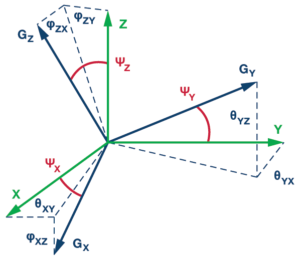
3.Data preprocessing
The purpose of data preprocessing is to remove noise and outliers to improve the accuracy of the calibration process. This may include filtering algorithms, such as Kalman filters or low-pass filters, to reduce the effects of noise. In addition, the identification and removal of outliers is also an important part of data preprocessing.
4. Motion compensation
Motion compensation is an important step in the calibration process, aiming to improve the accuracy of the IMU by identifying and compensating for the dynamic effects of objects in motion. These effects may include the Earth's gravitational acceleration and the Coriolis force, among others. Methods to compensate for these effects often include using fusion algorithms to fuse IMU data with external sensor data such as GPS or magnetometers.
5.Fusion algorithm
Fusion algorithm is the process of fusing multiple sensor data together to obtain more accurate attitude and position information. Common fusion algorithms include Kalman filter and extended Kalman filter. These algorithms can optimize the fusion of data based on the characteristics and accuracy of different sensors, thereby improving the measurement accuracy of the IMU.
6.Attitude calculation
Attitude calculation is the process of calculating the attitude of an object based on the measurement data of the IMU. In this process, quaternions or rotation matrices are usually used to represent the attitude of the object. Attitude calculation methods include accelerometer- and gyroscope-based data fusion and the use of additional sensor data (such as magnetometers) for attitude correction.
7.Error correction
Error correction is the process of eliminating or reducing IMU errors during calibration. These errors may include sensor sensitivity errors, bias errors, cross-coupling errors, etc. Error correction methods include self-calibration algorithms based on factorization and iterative optimization using known motion patterns. Through these methods, the measurement accuracy of the IMU can be significantly improved and the impact of errors can be reduced.
Summarize
The IMU self-calibration method based on factorization mainly includes the following steps:
1. Use the original data of IMU for error modeling;
2. Factorize the error model and identify error factors;
3. Correct the error factor through algorithm optimization or hardware compensation;
4. Use the corrected data to recalibrate the IMU to improve its measurement accuracy.
Compared with other traditional IMU calibration methods, the factorization-based self-calibration method has the following advantages:
1. Multiple error factors can be automatically identified and corrected, while traditional methods can usually only calibrate a single error;
2. No additional calibration equipment or complex environmental settings are required, reducing calibration costs and time;
3. Calibration parameters can be dynamically adjusted according to actual conditions, improving the flexibility and accuracy of calibration.
Domestic company ERICCO has been committed to the research of inertial products. For IMU, we not only have optical fiber IMU, but also MEMS IMU. We also have our own advantageous products: ER-MIMU01, ER-MIMU05, and ER-MIMU02, which have the characteristics of high precision, low power consumption, light weight, and small size. The most important thing is that the navigation-level one does not need a magnetometer and can find north independently.
If you want to learn about or purchase IMU, please contact our relevant personnel.
More Technical Questions
1.Influence analysis of IMU accuracy on spoofing detection algorithm
2.IMU algorithm: data acquisition & calculation of speed and direction
3.IMU working principle & Tactical grade IMU product recommendations
4.Choosing an IMU: FOG IMUs vs MEMS IMUs
5.Application of IMU in the Field of Drones
Products in Article
